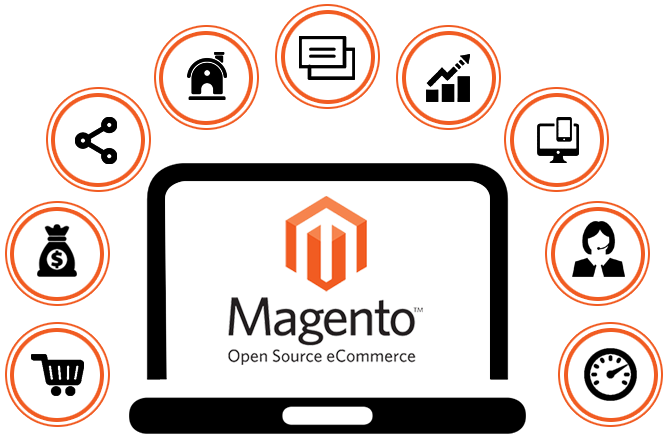Choosing the right Forex broker can make a big difference in launching a successful investment career in the trillion-dollar forex market. However, choosing the best forex broker is no easy task given the overwhelming number of brokers all gunning for people’s money at any given time.
1. Types of Forex Brokers :
When it comes to online foreign exchange trading, an important consideration is opening a trading account with a reputable forex broker. There are three types of forex brokers ranked based on how they handle transactions and how they execute market orders.
No Dealing Brokers :
As the name implies, No Dealing Brokers lack a dealing desk and instead, strive to offer the best composite quotes from multiple forex quote providers. In this case, providers will post their best market prices that NDD forex broker will have to choose to execute transactions.
NDD brokers charge a commission or widen the bid-offer in order to make profits from trades entered by traders.
Market Makers :
A market maker is a type of forex broker that offers a two-sided customer market. In this case, the broker always ends up taking the other side of trade depending on the side that a forex trader has taken. In case a trader makes a buy, the broker is obliged to take the sell-side.
Electronic Communication Network :
An ECN forex broker provides a platform whereby forex traders from all walks of life regardless of skills congregate to place trades.
2. Features of a Reliable Forex Broker :
Regulatory Compliance :
In a sector where the number of international forex brokers can be overwhelming, scrutinizing regulatory compliance can be the only way of ending up with a reliable forex broker. Going through forex brokers reviews do not a sure way of ending up with a reputable broker as such reviews can be manipulated.
Highest rated forex brokers are always in compliance with the highest level of regulation depending on jurisdiction. For example in the U.S, regulated forex brokers are members of the National Futures Association and are registered by the U.S Commodity Futures Trading Commission as well as the Retail Foreign Exchange Dealer.
A flashy forex broker website cannot be used to rate a broker. Trading with a regulated broker is essential if one is to rest assured of the security of their deposits as well as the integrity when it comes to trade execution.
Trading Platform :
The best forex trading account is one that comes with a trading platform that is pleasing, easy to use and has a variety of indicators and tools for technical analysis. Legit forex trading companies offer trading platforms that have clear-cut buy and sell buttons. Some go the extra mile and provide panic buttons for closing all open positions at once.
Conversely, trading with a forex broker offering a poorly designed platform can lead to costly mistakes such as opening a trade when one intended to close or going short when one meant to go long.
Customer Service :
Highest rated forex traders come with a robust customer service team that is always on dial any time of day to address forex trader’s needs. When choosing a forex broker, it would be essential to give them a random call just to get an idea of the service they are likely to offer once an account is opened.
3. How to Identify a Good Broker :
A good forex trader is one that charges lowest transaction costs when opening and closing trades. Spread and commission charges can significantly eat into one returns if caution is not taken.
Legit forex trading companies allow people to deposit and withdraw funds hassle-free. Any broker that comes with restrictions on when one can withdraw or the amount of money one can withdrawal should be a big no.
Execution of trades is another aspect that one should always pay close attention to when selecting forex brokers. Under the normal market condition, a forex broker should allow trades to get filled, at or very close to the market price on the screen.
Going through forex broker reviews is of utmost importance prior to opening a forex trading account. Such reviews provide clear-cut information about the kind of forex trading service one is likely to experience based on other forex trader’s experience. In addition, trading with a regulated forex broker is a must.
Read Also :






















